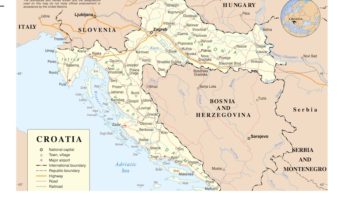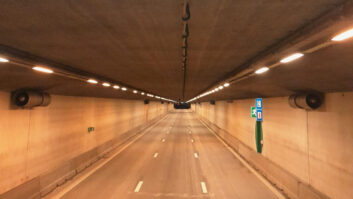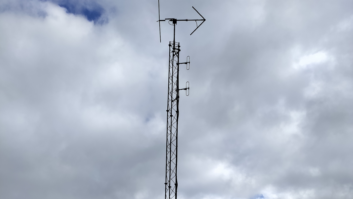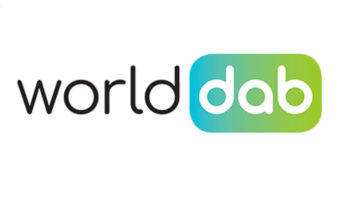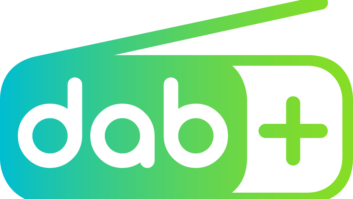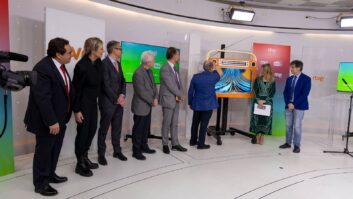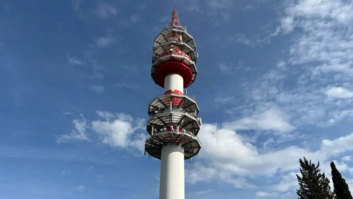
By April 2015, DAB+ in Poland is expected to reach 49 percent of the population.
WROCŁAW, Poland — Public service broadcaster Polskie Radio and the country’s 17 public regional radio stations appear determined to increase DAB+ coverage in Poland.
On Aug. 1, the Wrocław and Szczecin regions joined Warszawa and Katowice in welcoming DAB+ broadcasts. “In September we had another two cities covered with the DAB+ signal — Opole and Łódź — then Kraków, Gdańsk, Poznań and Kielce will follow. At that point, we will have 43 percent of the population covered with DAB+ (21 percent of the country),” said Mirek Ostrowski, technical director at regional public service broadcaster Radio Wrocław.
UNIQUE CONTENT
Ostrowski explains that the following phase will begin Jan. 1, and will see the addition of DAB+ coverage in Koszalin, Bydgoszcz, Zielona Góra and Olsztyn, increasing coverage to 44.2 percent of the population and 22.16 percent of the nation.
Then on April 1, the broadcaster expects to reach 49 percent of the population and 27.5 percent of the territory by going on air in three cities on the eastern side of the country — Białystok, Rzeszów and Lublin, he said. “Our goal is to achieve coverage of 99.5 percent of the population and 99.5 percent of the territory by the end of 2020.”
For the new services, Polskie Radio serves as multiplex operator and content provider, providing the DAB+ bouquet with nationwide programs, while the 17 regional public service radio stations add their own local content relevant to each area.
Poland’s National Broadcasting Council, Krajowa Rada Radiofonii i Telewizji (KRRiT) encourages all broadcasters transitioning toward DAB+ to create new, unique programs specific to DAB+. “Of course it will cost money,” Ostrowski said, “but the regulator will financially support broadcasters. It understands that it’s crucial for the new digital radio platform to enhance the offerings for listeners.”

Mirek Ostrowski is technical director at Radio Wrocław. Currently, Polskie Radio broadcasts four simulcast stations (Jedynka, Dwojka, Trojka and Czworka) and three new “digital only” programs (PR24, Radio Rytm and External Service). It plans to create further programs targeting children and seniors, as well as offering an educational and science channel.
Each regional radio station is adding one simulcast program and one new, unique, program for DAB+. Radio Wrocław is at present working on a new channel, Radio Wrocław Kultura, which is expected to be an important element during the European Capital of Culture, which takes place in Wrocław in 2016.
SOME OBSTACLES
As part of the roadmap to complete the switchover to DAB+, in January 2014 (see www.radioworld.com/article/poland-plans-digital-switchover/223393) KRRiT established a special task group for developing digital radio in Poland, whose members include public service and commercial broadcasters, Polish regulating authorities, manufacturers and importers of electronic devices as well as network operators Emitel, BCAST and Arkena.
Commercial broadcasters Eurozet, RMF Group, Time Radio Group and Agora Radio Group shortly thereafter abandoned the group, claiming their opinions were being ignored.
Their concerns regarded the lack of a final switch-off date for analog broadcasting, the economic costs associated with the analog and digital simulcasting of their programs and “the narrow product range and high price of radio receivers available on the Polish market.” The commercial broadcasters were also worried about the growing popularity of Internet radio.
Last July, KRRiT recognized that “the success of the conversion to digital radio broadcasting would depend on the ability to convince the public that DAB+ would not be less attractive than the Internet and that access to content would be easier, more reliable and not involve any additional costs. The council also stated that the receivers should be available at a reasonable price.
To this purpose, the council approved and issued the document, “Minimum Technical and Exploitation Requirements for a Digital Sound Broadcasting DAB+ Receiver Designed for Poland” (www.krrit.gov.pl/Data/Files/_public/Portals/0/stanowiska/2014/spec_dabplus_v1_0_en.pdf), which emphasizes a valuable listening experience as the ultimate goal. The proper presentation of the special letters of Polish alphabet was also considered in this document.
Davide Moro reports on the industry for Radio World from Bergamo, Italy.





